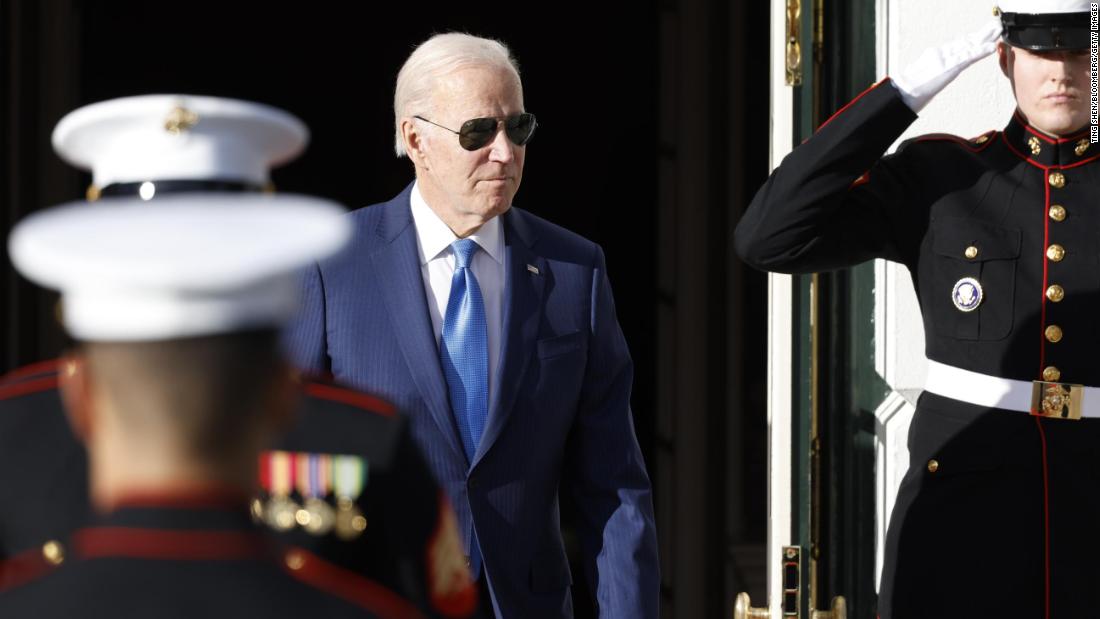Colorado Shooting Highlights Problems of Policing Concealed Weapons
The incident exemplifies how it's near impossible for an officer to differentiate between people visibly holding guns during active shooter situations while identifying the threat.
The police killing of a Colorado man who prevented a mass shooting in 2021 underscores how laws allowing people who legally own a firearm to carry it openly in public or carry it in a concealed manner pose an increased risk to public safety, reports CNN. The incident also exemplifies how it’s near impossible for an officer to differentiate between people visibly holding guns during active shooter situations while identifying the threat. John Hurley was shot and killed by Arvada Police Officer Kraig Brownlow, who will not face criminal charges for fatally shooting Hurley because prosecutors said the facts from Brownlow’s point of view show that he did not know or could not have known of Hurley’s “role in eliminating the threat” posed by Ronald Troyke, who had already killed one police officer before Hurley killed and disarmed him. Hurley was holding a handgun and Troyke’s AR-15 when Brownlow shot and killed him.
States that require permits to carry weapons typically have an education component that exposes those carrying guns to, at minimum, some training and the state’s laws. Constitutional or open carry states do not typically require that for people to carry guns in public. In more than 40 states, people can carry loaded, semi-automatic rifles in public without a license or training. Five states, including California and the District of Columbia, ban the open carry of loaded long guns, while only Massachusetts, Minnesota and New Jersey require permits to openly carry long guns. The latest movement nationally in gun laws is the controversial “constitutional carry” or permitless carry law, which allows people to carry a handgun in public without a license or permit.

 Landwebs
Landwebs 
























